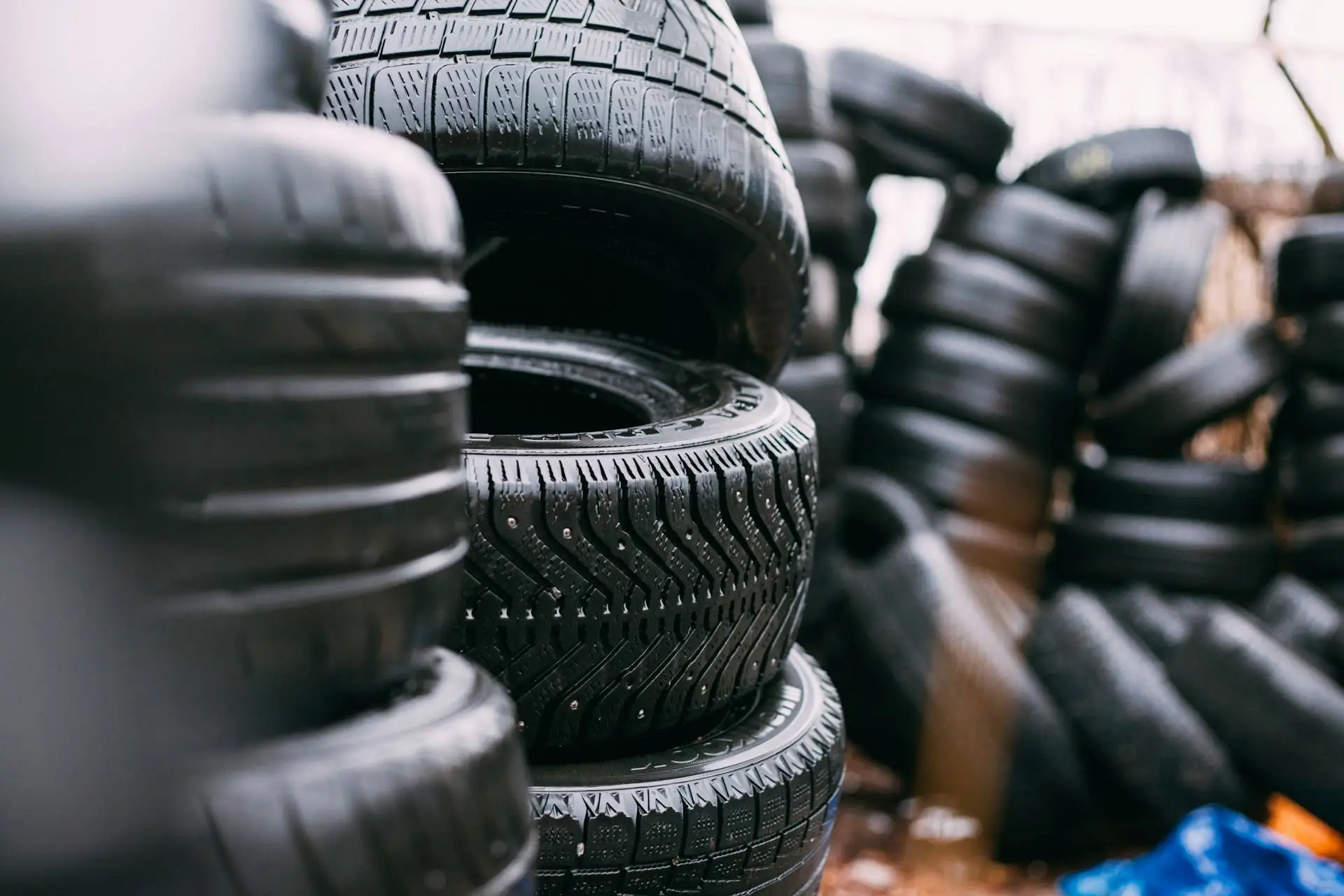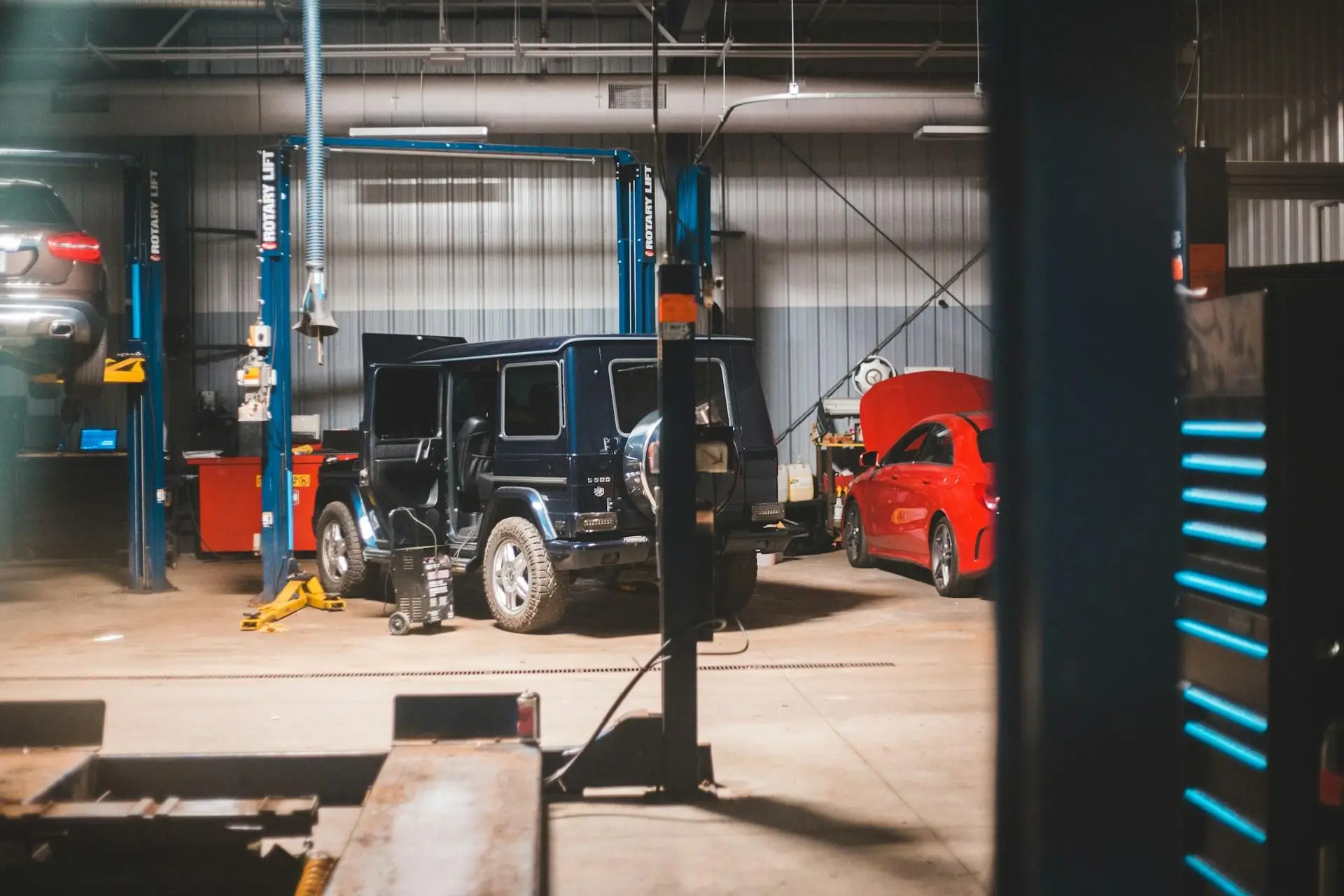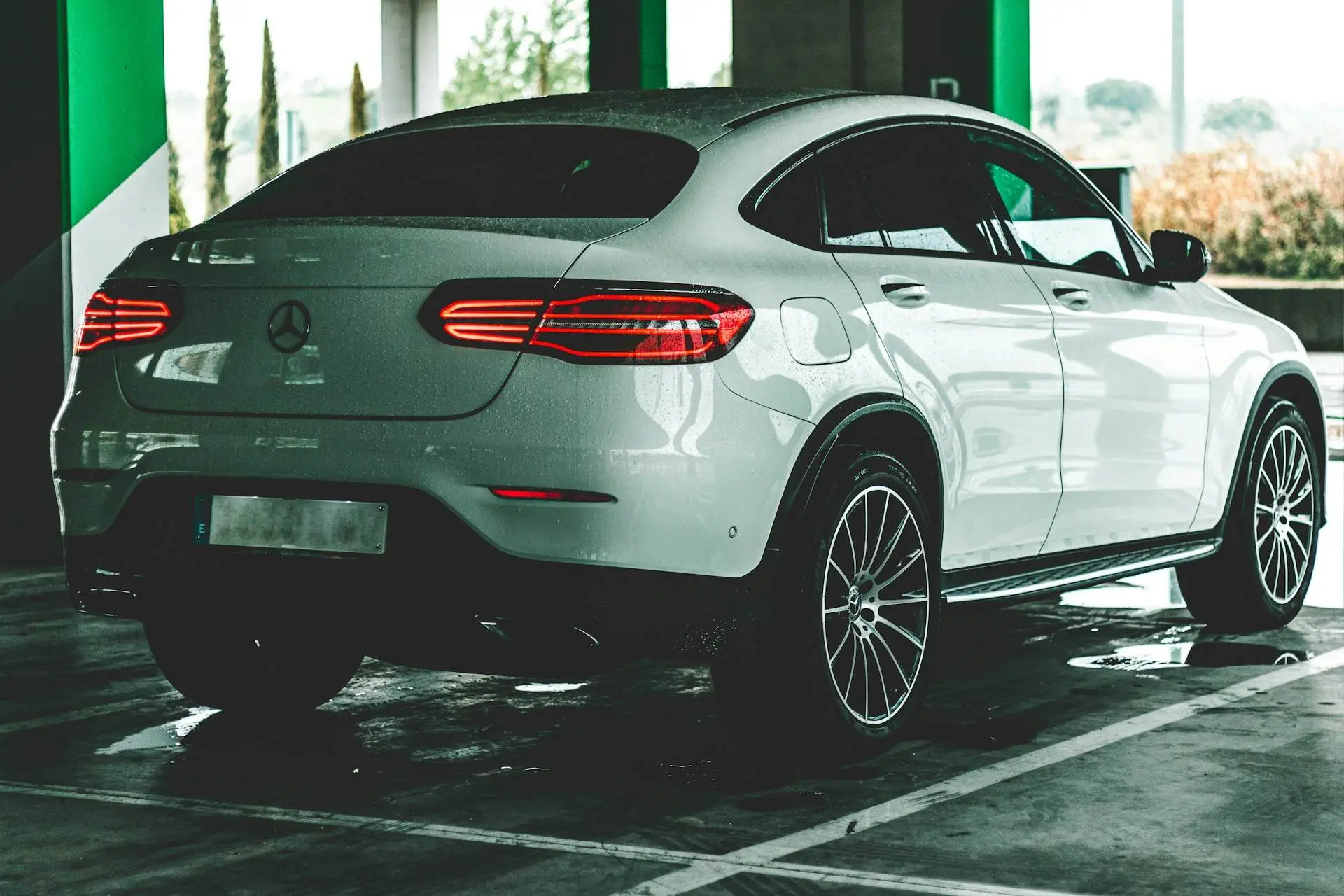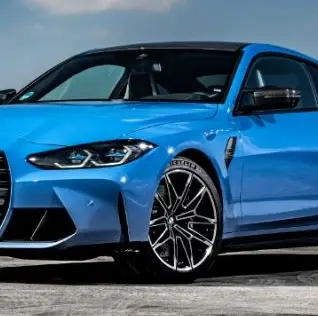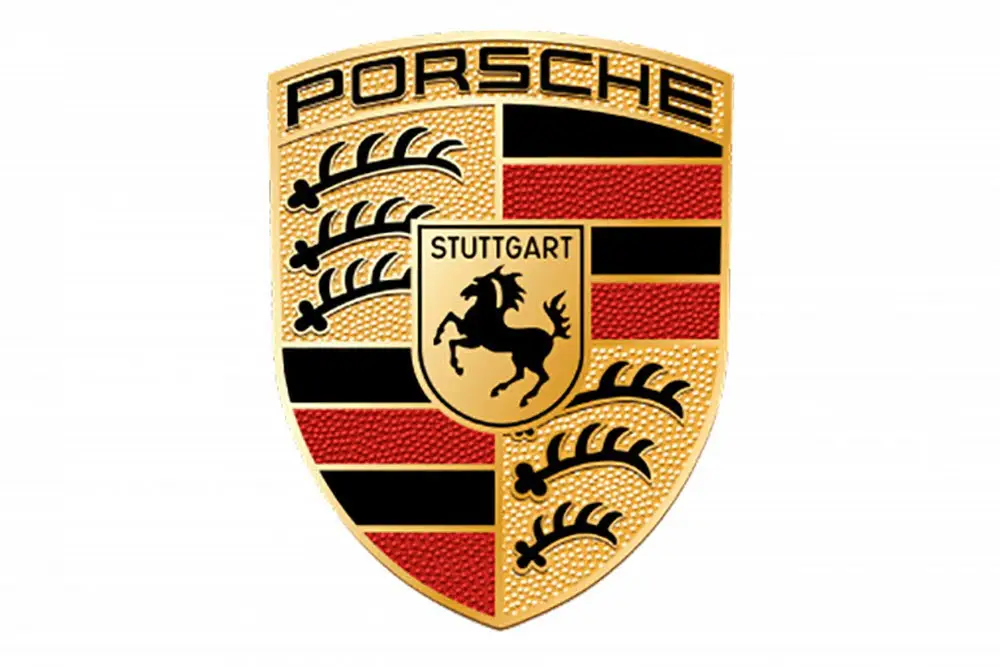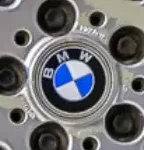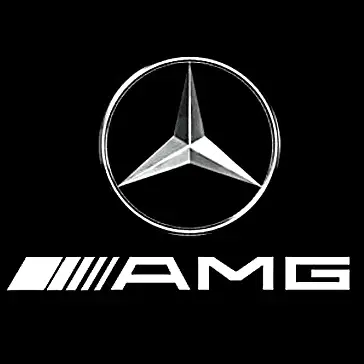History of the Excalibur car brand
The Excalibur brand was born of a passion for the automobile and a fascination for the classic design of cars of yesteryear. Founded in 1963 in the USA by Brooks Stevens, a renowned industrial designer, Excalibur was conceived as a modern reinterpretation of the luxury cars of the 1920s and 1930s, in particular the Mercedes-Benz SSK of 1928.
Stevens, who was already well established in the design world with creations such as the Harley-Davidson Hydra-Glide, wanted to create a car that captured the essence of the past while incorporating modern performance.
The first Excalibur model, the Series I, was unveiled at the New York Auto Show in 1964 and immediately attracted attention for its retro design inspired by classic roadsters.
The chassis was based on a Studebaker Avanti, while the Chevrolet V8 engine offered performance far superior to that of the classic cars that inspired it. This blend of vintage design and modern power quickly made the Excalibur a symbol of luxury andexclusivity.
Excalibur production continued to evolve over the decades, with the introduction of new series, each bringing improvements in comfort, performance and safety. The brand reached its peak in the 1970s and 1980s, when it became a popular choice for celebrities and luxury car collectors.
However, despite its popularity, the brand faced financial challenges, particularly after Stevens' death in 1995, which led to thediscontinuation of production in 1997.
Today, Excalibur cars are considered collector'sitems, prized for their unique design that combines the glamour of the past with the robustness of modern technology. They embody a fascinating chapter in automotive history, where nostalgia and innovation came together to create a legend on wheels.
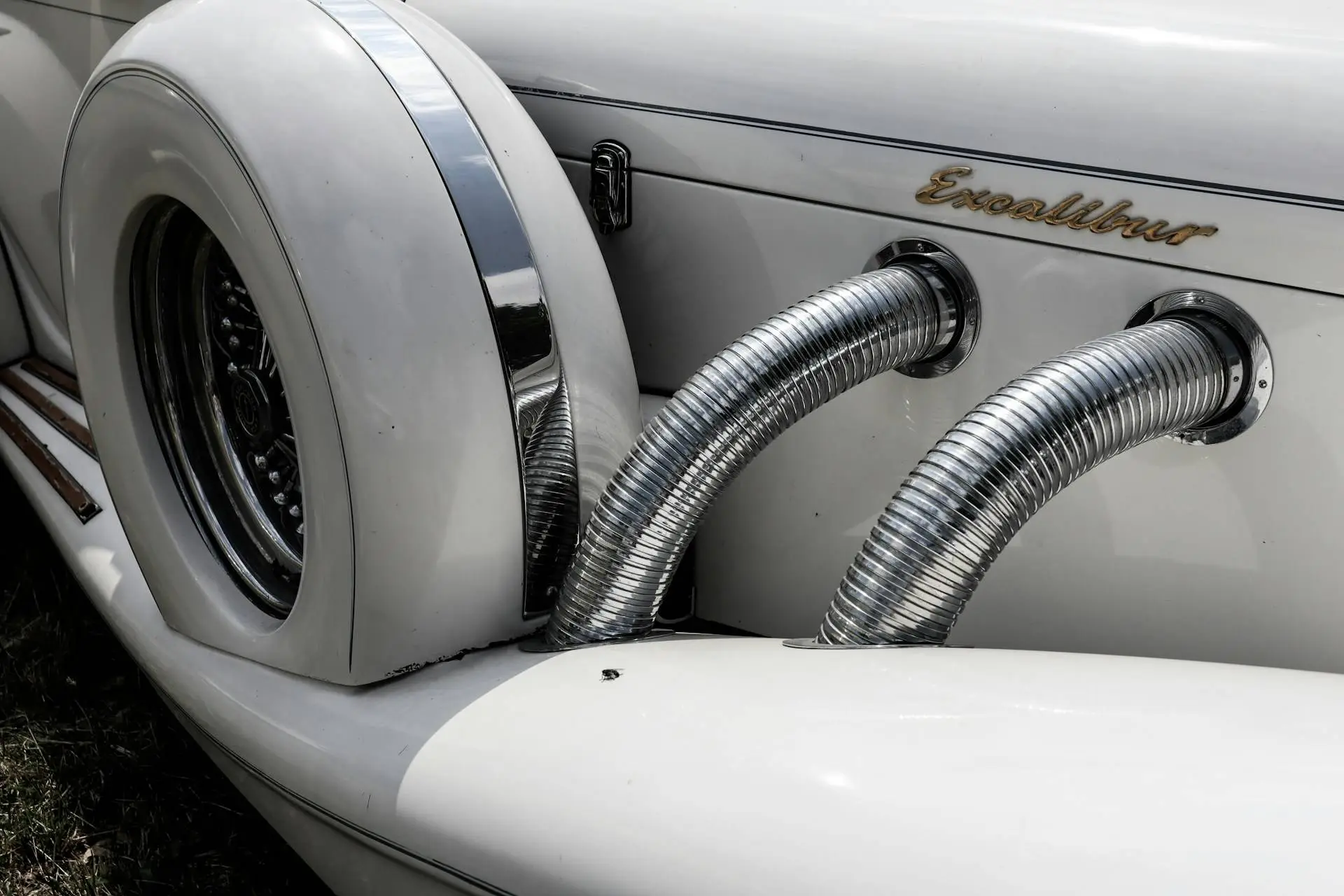
Excalibur's most iconic cars
Several Excalibur models have distinguished themselves over the years, each embodying the essence of the brand with distinctive features. Here's a look at some of the most iconic models:
1. Excalibur Series I (1965-1969)
The Series I was the brand's founding model, introducing the concept of the neo-classical car. Inspired by the Mercedes-Benz SSK, this car was available in roadster and convertible versions. It was powered by a 5.4-liter Chevrolet V8 engine , developing an impressive 300 hp for its time. Only 359 units were produced, making it a rare and sought-after model for collectors.
2. Excalibur Series II (1970-1975)
The Series II marked an evolution with notable improvements in comfort and performance. This model was equipped with a more powerful engine, the 7.4-liter Chevrolet V8, capable of producing up to 400 hp. Series II introduced the Phaeton version, a four-door convertible, which became very popular.
3. Excalibur Series III (1975-1980)
With the Series III, Excalibur consolidated its image as a luxury car. This model offered greater refinement, with high-quality leather interiors and precious wood finishes. The design remained true to classic lines, but with slightly larger dimensions to offer more space and comfort.
4. Excalibur Series IV (1980-1984)
Series IV saw the introduction of new safety and comfort standards, with the addition of air conditioning, electric windows, and an improved braking system. The design remained true to the neo-classical aesthetic, but with aerodynamic improvements. This model was particularly appreciated for its smoother ride and luxurious interior.
5. Excalibur Series V (1985-1997)
The V Series was the last model produced before production ceased in 1997. It continued to embody retro elegance with modern performance. Available in roadster, phaeton and limousine versions, this model offered exceptional comfort with technological innovations suited to the times, such as improved suspension systems and more efficient V8 engines.
These models helped cement Excalibur's reputation as a unique brand in the automotive landscape, blending the elegance of the 1930s with the power and comfort of contemporary cars.
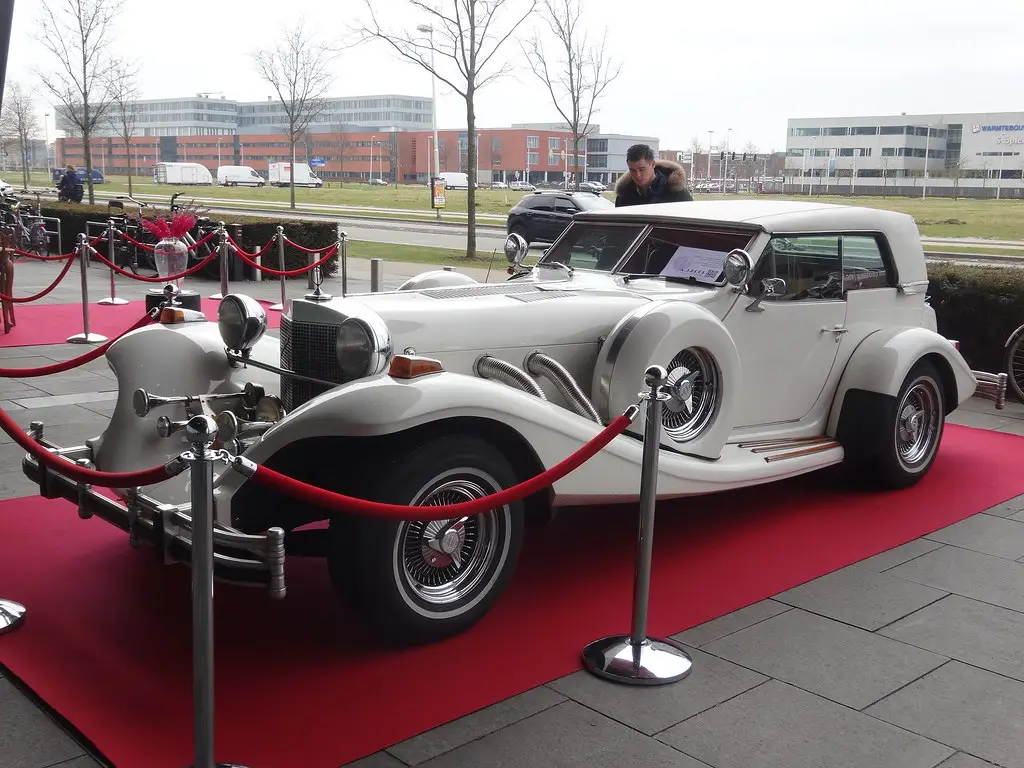
Excalibur, sporty performance for its kind!
Unlike other neo-classic vehicles that focus solely on appearance, the Excalibur has been designed to deliver a dynamic and powerful driving experience.
Early models, such as the Series I, were equipped with Chevrolet V8 engines, delivering 300 horsepower, enabling the car to reach top speeds of over 200 km/h. This kind of performance was exceptional for a car with a retro design, especially at a time when most luxury vehicles focused more on comfort than speed.
Subsequent models, such as the Series II and Series III, further enhanced this performance. With the introduction of the 7.4-liter V8 engine in Series II, the Excalibur was able to rival some of the most powerful sports cars of its day, reaching 0 to 100 km/h in under 7 seconds, a remarkable feat for a car weighing over 1,800 kg.
The handling of the Excalibur, thanks to its chassis derived from the Studebaker Avanti, also enabled agile driving despite its imposing size. Braking, assisted by ventilated discs, offered enhanced safety, while the suspension, initially rigid, was progressively improved to offer greater driving comfort without compromising performance.
the Excalibur perfectly embodies the idea that classic aesthetics can be combined with modern technology to create a car that's not only beautiful, but also high-performance.
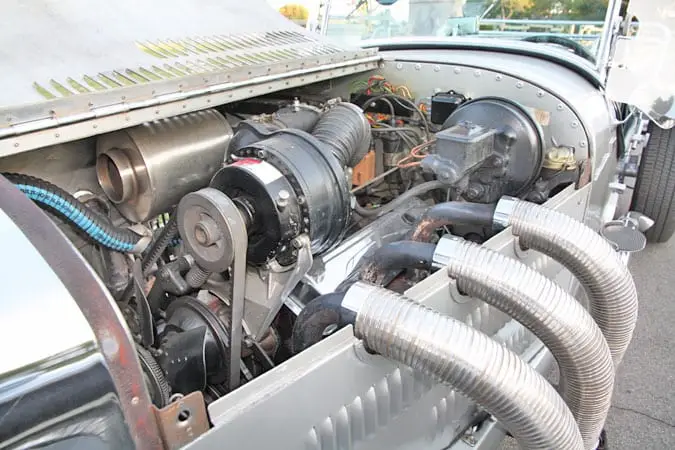
How reliable is an Excalibur car?
The reliability of Excalibur cars is an important topic for collectors and enthusiasts of this unique brand. Designed to marry the charm of classic cars with modern technology, the Excalibur enjoys a fairly solid reputation for reliability, although there are a few aspects worth keeping an eye on.
1. Robust mechanics
Excalibur models use Chevrolet V8 engines, renowned for their robustness and longevity. These engines are renowned for being durable and relatively easy to maintain, which contributes to the vehicle's overall reliability. Spare parts for these engines are also available on the market, facilitating repairs and regular maintenance.
2. Electrical systems
As with many classic cars, Excalibur's electrical systems can sometimes cause problems, especially on older models. Common electrical problems include malfunctioning power windows, headlights and air conditioning systems.
As with any classic car, it's important to have a specialized garage or experienced mechanic carry out this maintenance.
3. Parts availability
While the majority of mechanical parts are easy to find thanks to their Chevrolet origin, some parts specific to the Excalibur's design and bodywork can be more difficult to obtain. Owners sometimes have to turn to specialists or collectors' networks to find rare parts, which can make some repairs more time-consuming and costly.
4. Age-related problems
Like all classic cars, Excaliburs can suffer from age-related problems, such as corrosion or wear of rubber components. Regular body and chassis inspections are therefore recommended to prevent and treat rust and other signs of aging.
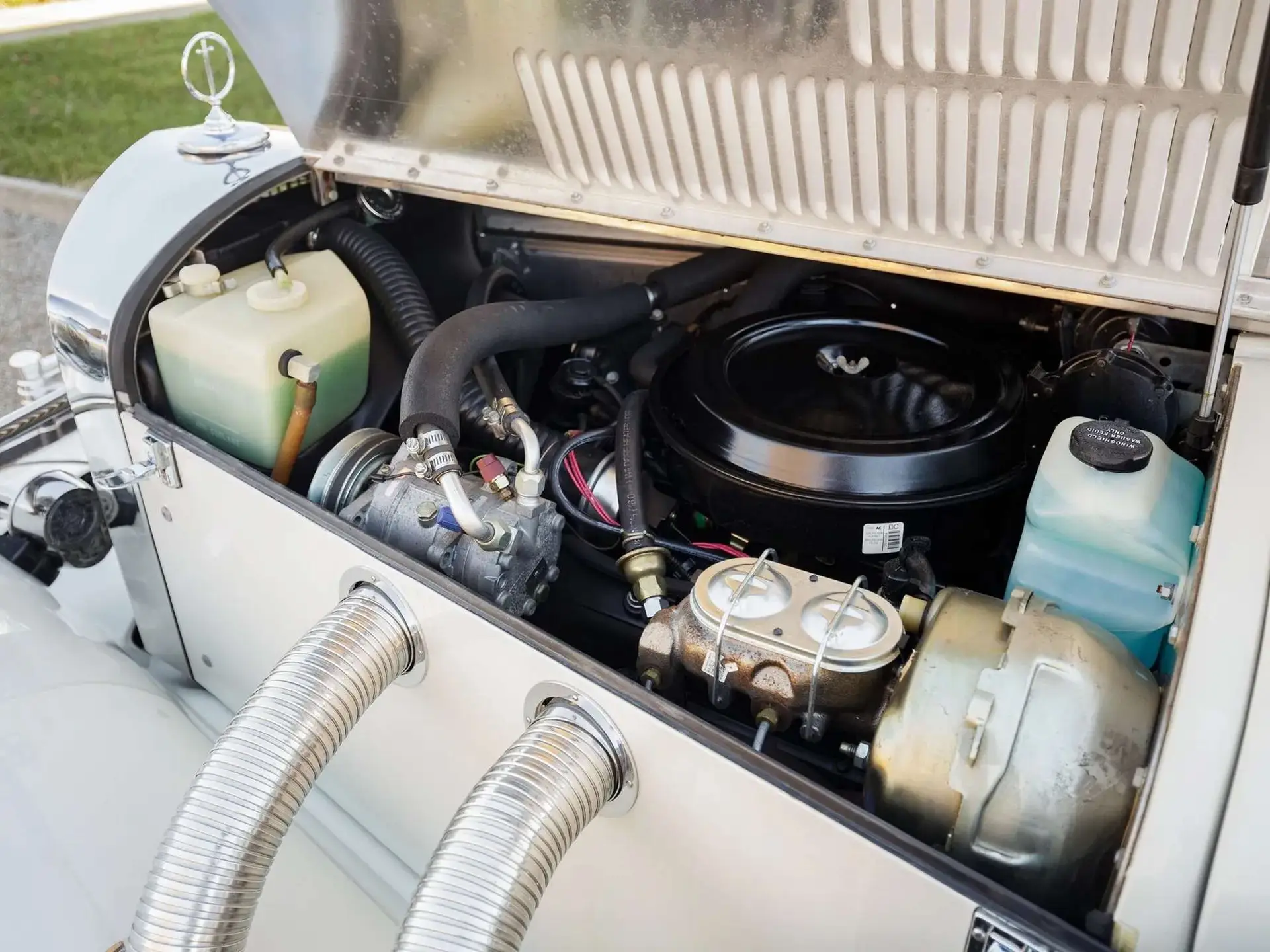
Marques of similar cars to Excalibur
Several brands share a similar philosophy to Excalibur, blending retro design with modern performance.
Morgan is an iconic British brand known for its vintage-style cars, handcrafted with contemporary technology.
Zimmer is another American brand, founded in the 1980s, offering neo-classical cars inspired by the 1920s, just like Excalibur.
Finally, Panther Westwinds, a British brand from the 1970s and 1980s, produced vehicles with a retro design, such as the Panther De Ville, which shares the luxurious, classic spirit of the Excalibur.
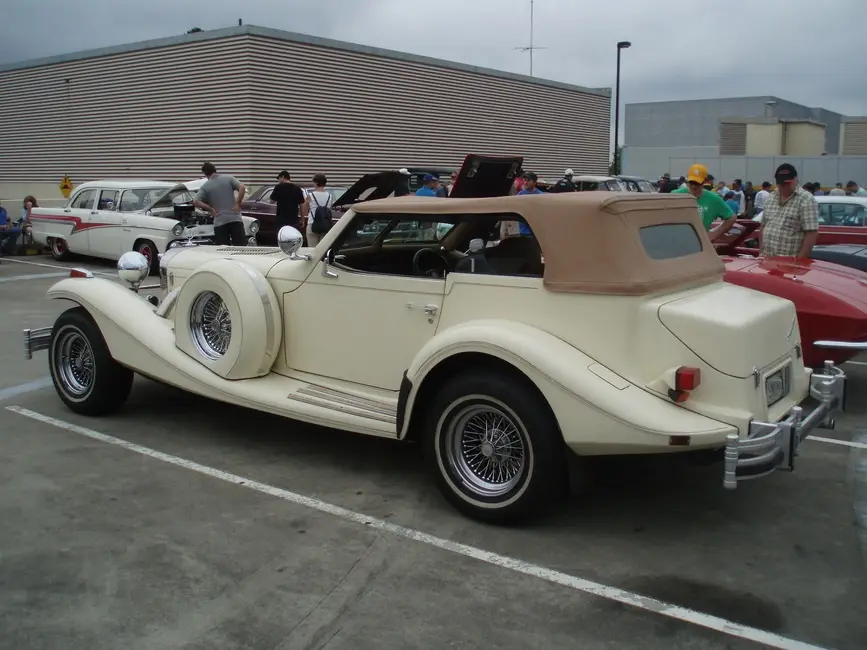
How do you explain the demise of the Excalibur car brand?
The end of the Excalibur brand was mainly due to financial difficulties and a change in consumer tastes.
In the 1990s, the market for neo-classic cars began to decline, with reduced demand for this type of vehicle. Increased competition and high production costs also contributed to the company's difficulties.
After the death of founder Brooks Stevens in 1995, the brand lacked strategic directionwhich accelerated its decline.
Finally, production ceased in 1997, marking the end of an era for this iconic brand.
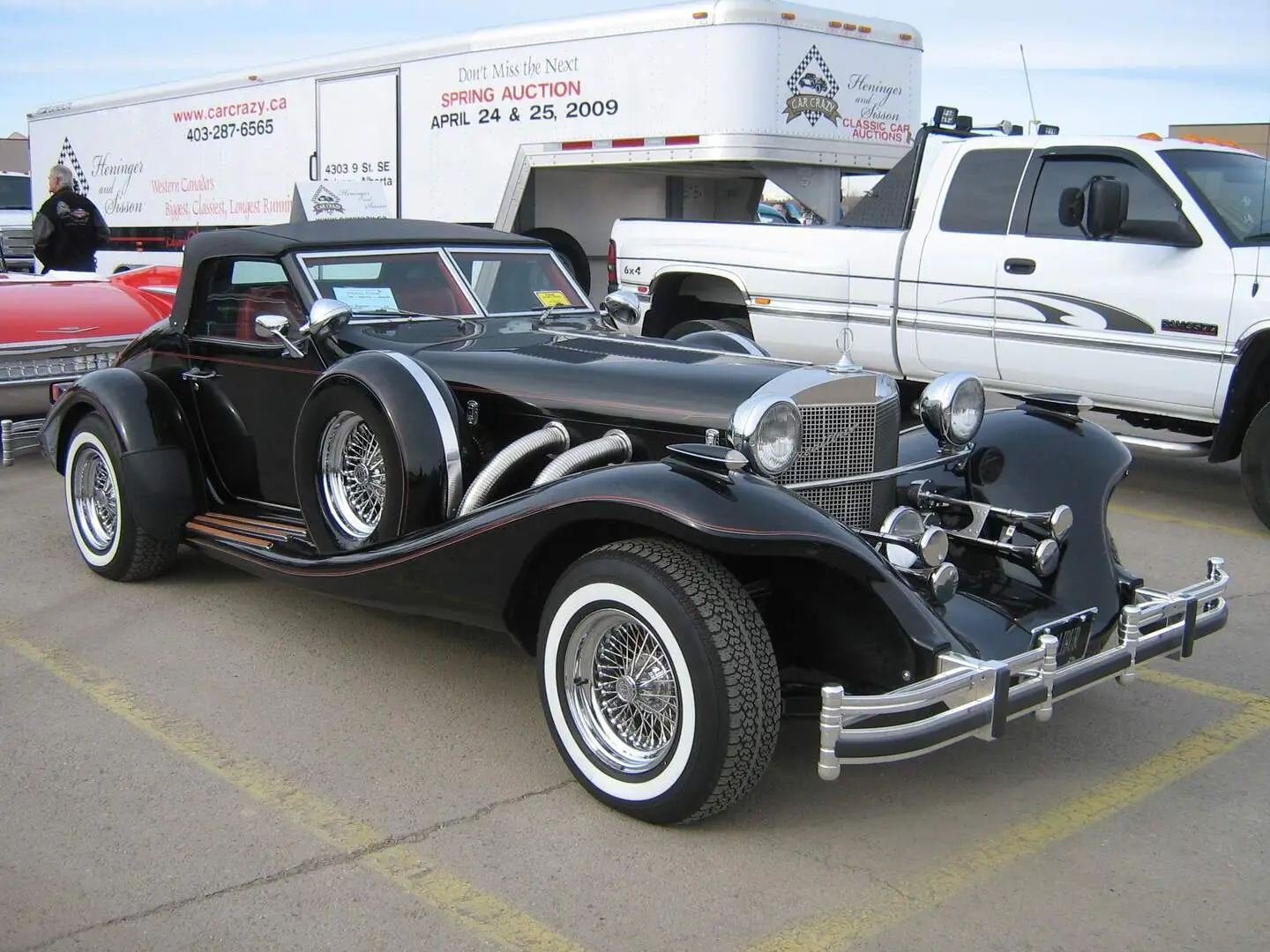
FAQ about the Excalibur car brand
What is the average price of an Excalibur car?
The price of an Excalibur varies according to model, year and state of preservation. In general, prices can range from 50,000 to 150,000 euros for the most sought-after models, such as Series I or Series II.
Cars in excellent condition, with low mileage and a prestigious ownership history, can fetch even higher prices at auction.
What type of engines are found in an Excalibur car?
Excalibur cars are mainly powered by Chevrolet V8 engines, renowned for their robustness and performance.
Early models, such as the Series I, used a 5.4-liter V8 engine, while later series, such as Series II and III, were equipped with 7.4-liter V8 engines.
These engines, from the Chevrolet range, were chosen for their power and reliability, enabling the Excalibur to deliver impressive performance despite its neo-classical design.
Is it difficult to find replacement parts for an Excalibur car?
Finding replacement parts for an Excalibur can be a challenge, especially for components specific to the car's body and unique design.
However, mechanical parts such as engines and transmissions are more readily available thanks to their Chevrolet origin.
For rarer parts, it is often necessary to turn to classic car specialists, collectors' clubs or specialist restoration workshops.
These resources can help locate or even manufacture custom parts to keep your Excalibur in top condition.
What is the fuel consumption of an Excalibur?
Excaliburs, with their powerful V8 engines, are not known for their low fuel consumption. On average, an Excalibur consumes between 15 and 20 liters per 100 km, depending on the model and driving conditions. Their high fuel consumption is offset by their performance and luxury status.
How many Excalibur models were produced?
Some 3,500 Excaliburs were produced between 1965 and 1997. Production of each series varied, with Series I and II being the rarest and therefore the most sought-after by collectors. The limited production of these cars contributes to their status as collector's vehicles.
Are Excalibur cars fit for city driving under the new emissions restrictions?
Excaliburs, like many classic cars, may be affected by traffic restrictions in some European cities, which impose strict limits on pollutant emissions. However, they may benefit from specific exemptions for collector vehicles, depending on local regulations. We recommend that you check the regulations in force in your city or region before driving an Excalibur.

